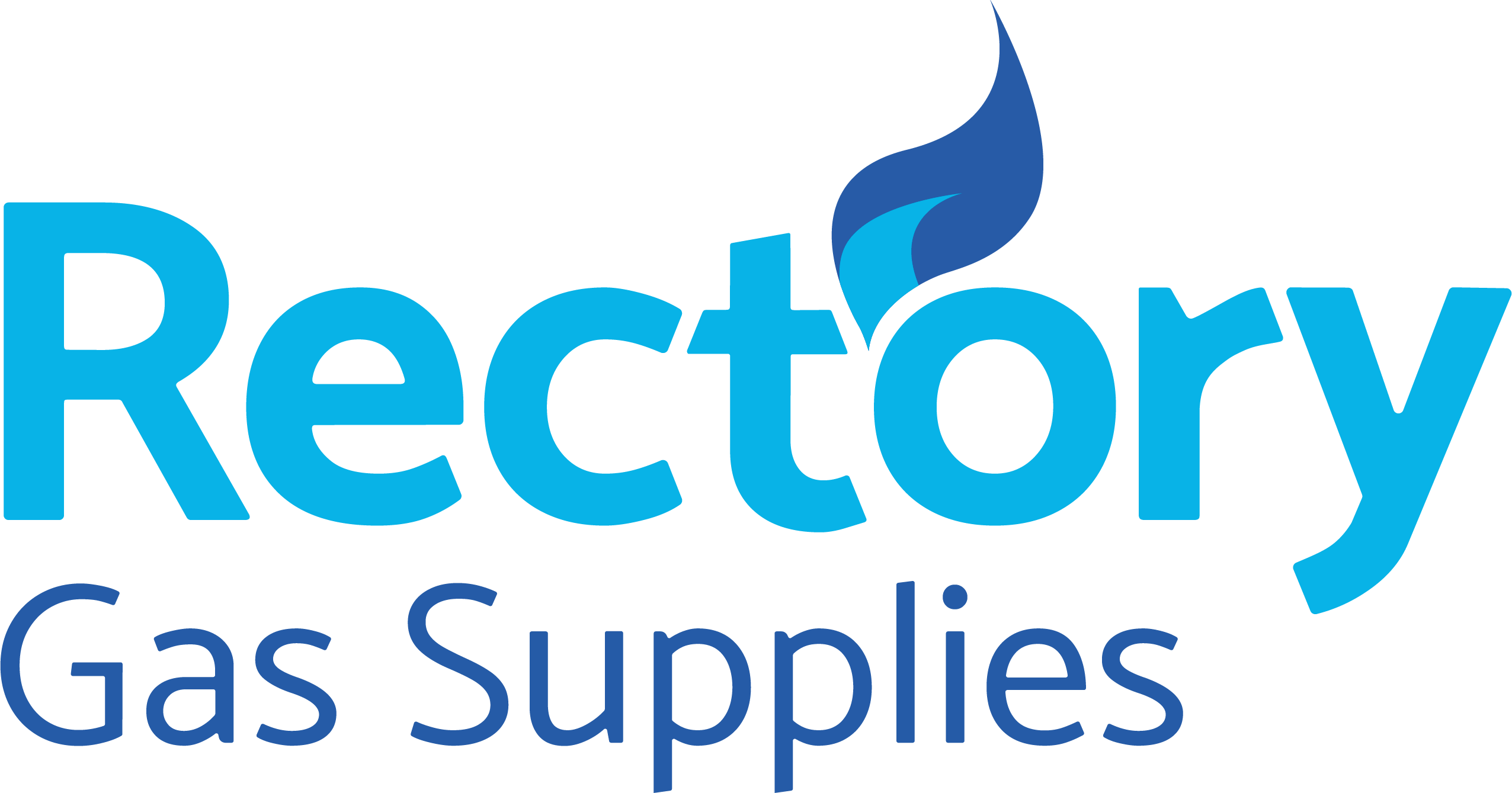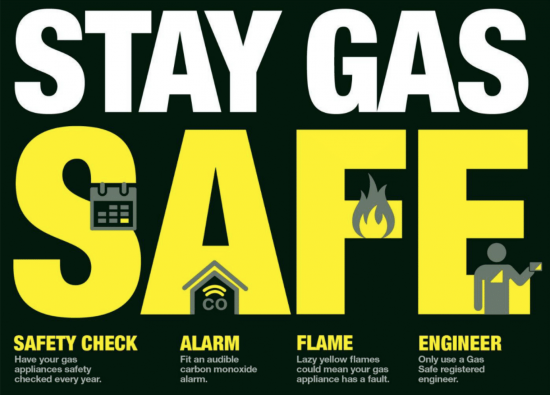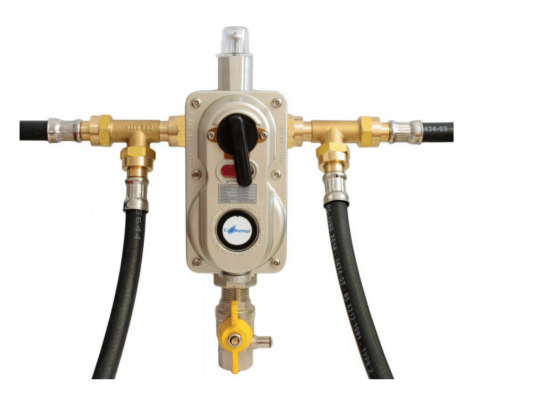LPG gas is safe if handled correctly, but it can be dangerous if it is not handled in the appropriate manner.
You should never attempt to modify your cylinder or bulk tank yourself, even if it doesn’t seem to be working properly.
Always make sure you use qualified people to service or modify your appliance.
If you are ever in doubt when handling gas bottles or dealing with a bulk tank please contact us straight away so that we can advise you.
Key Hazards
Below is a list of some of the key hazards surrounding cylinder and bulk tank gas use. Please familiarise yourself with them, and if you have any questions do not hesitate to get in touch.
Carbon monoxide awareness
Carbon monoxide is a colourless, odourless and tasteless poisonous gas which can be produced by the incomplete burning of certain fuels. This usually happens because your appliance is not working correctly.
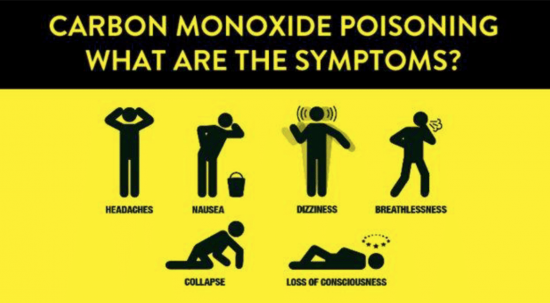
Signs to look out for that may indicate the incomplete burning of fuel in your appliance include:
- yellow/orange rather than blue flame
- soot or yellow/brown staining around or on appliance
- pilot lights that frequently blow out
- increased condensation inside windows
The symptoms of carbon monoxide poisoning include: headaches or dizziness, breathlessness, nausea, tiredness, loss of consciousness and visual problems. If you or family or colleagues experience any of those symptoms seek immediate medical attention.
- More information can be found here – http://www.hse.gov.uk/gas/domestic/co.htm and http://www.nhs.uk/conditions/carbon-monoxide-poisoning/pages/introduction.aspx
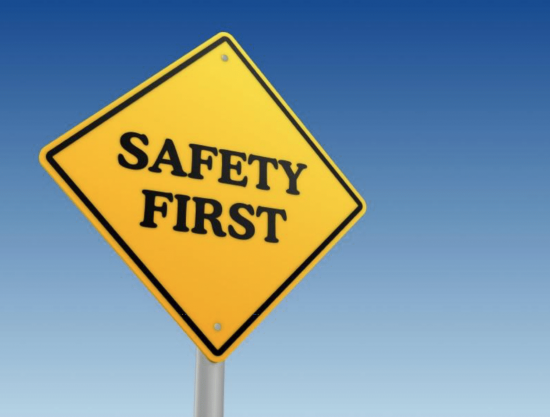
This serves as another very important reason to have any appliance serviced at regular intervals. We advise that LPG users install carbon monoxide alarms in their property or business in order to detect increased levels in carbon monoxide, and would recommend you take advantage of this simple safety precaution.
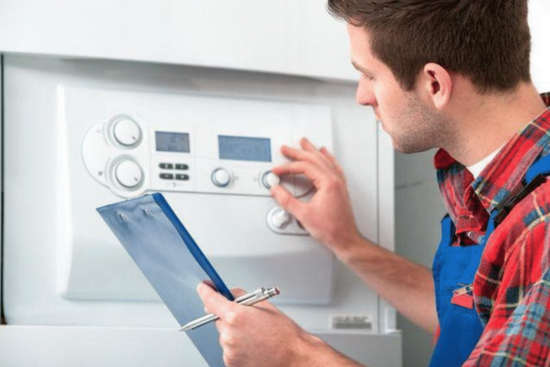
Please don’t hesitate to contact us if you would like us to arrange the servicing of any boiler or LPG gas appliance you use.
Regulators and change-over valves
Your regulator takes the pressure from a gas bottle or bulk tank and reduces it down to a pressure set by the manufacturer. As a result, these should never be tampered with or adjusted. If your regulator shows any sign of wear it should be replaced with a new one. Your regulator must also be marked as BS3016 or BS EN12864.
If you believe that your regulator is worn in any way please contact us and we will arrange a replacement to ensure that your LPG system, be it from a bulk tank or gas bottles remains as safe as possible.
Flexible hoses (pigtails)
Flexible hoses run from gas bottles into regulators. For use on LPG systems they should always be manufactured to BS3212 or BSEN1763, which carry the year and name of manufacturer. We advise that hoses be kept as short as possible and if there are any signs of wear, including cracks, they be replaced immediately.
We always carry out a visual check when delivering your gas bottles and if any signs of wear are found we will inform you at the first opportunity. If you suspect any damage to hoses please contact us and we will replace them as soon as possible to avoid any leaks and loss of gas.
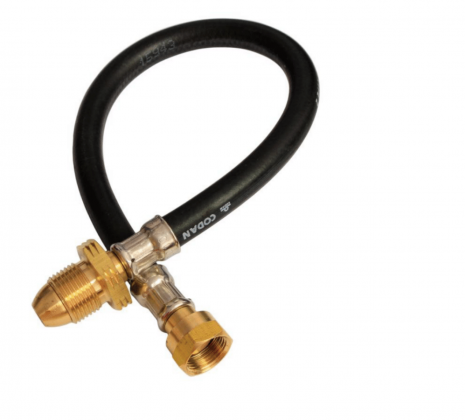
Emergency advice
It is unlikely that there will be an emergency at your home or business. However, it is important to confidently know the steps to take in certain situations.
- If you suspect a leak always turn the gas off. If you are inside, open all windows and doors and ensure that there is no source of ignition nearby – a source of ignition could be a cigarette, or a mobile phone which is turned on.
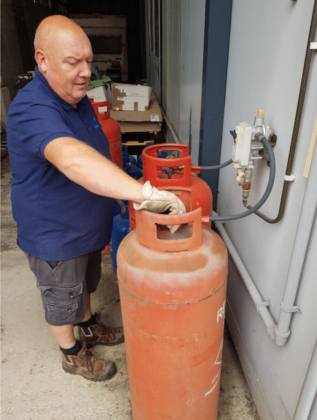
- You should be able to locate a leak from the sound of any gas escaping. If the leak can’t be located you can turn the gas back on slightly and use leak detection spray (soapy water will do) to find it. Spray around the area you suspect to be leaking. The soapy water will bubble, allowing you to identify the exact location.
- In the event of fire you must call the fire brigade immediately and inform them that LPG is present. All the valves should be closed as quickly as possible to isolate the gas and if possible, gas bottles should be kept as cool as possible.
- Once all these steps have been carried out, please contact us and tell us there is an emergency.

